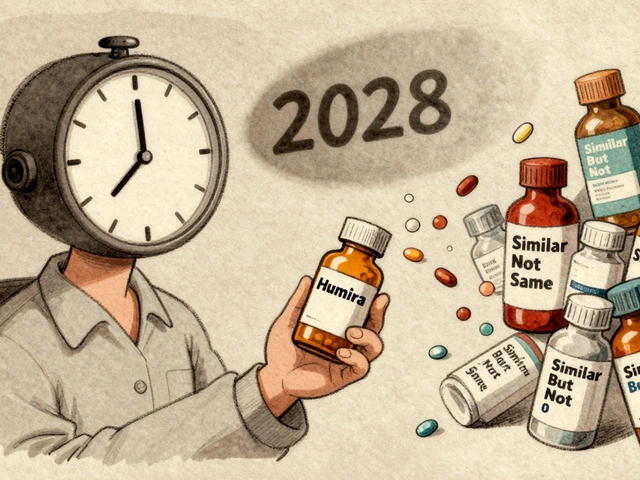High Blood Cholesterol: What It Means and What You Can Do
High blood cholesterol raises your risk for heart attacks and strokes. It doesn’t usually cause symptoms, so most people only find out from a blood test. That can feel scary, but you can cut risk with straightforward steps: food changes, activity, and — when needed — medicines that work well.
How high cholesterol is measured
Your doctor orders a lipid panel. It shows total cholesterol, LDL (bad), HDL (good), and triglycerides. LDL is the one doctors focus on most because high LDL fuels plaque in arteries. A single test can guide immediate changes, but repeat tests after three months of lifestyle changes or medicine help track progress.
Target levels depend on your heart risk. If you’ve had heart disease, your LDL goal is lower than for someone with no risk factors. Ask your clinician where you should be — treatment choices hinge on that number.
Practical ways to lower cholesterol
Start with food. Swap processed snacks for vegetables, beans, oats, and fatty fish. Cut back on fried foods, buttery spreads, and processed meats. Replace some saturated fat with olive oil or avocado. Small, steady changes beat crash diets.
Move more. Aim for 150 minutes of moderate activity a week — brisk walking, cycling, or swimming. Strength training twice a week helps, too. Exercise raises HDL and lowers LDL and triglycerides over time.
Lose weight if you’re overweight. Even 5–10% body weight loss improves lipid numbers and blood pressure. Sleep and stress matter: poor sleep and chronic stress can nudge cholesterol in the wrong direction.
When lifestyle changes aren’t enough, medications can help. Statins are the most common and have a strong record for preventing heart attacks. If you can’t tolerate statins or need more lowering, newer options like bempedoic acid or ezetimibe might be added. Discuss side effects and benefits with your doctor.
One practical tip: avoid grapefruit and some citrus if you’re on certain statins. Grapefruit can change how some drugs are absorbed and raise side effect risk. Ask your pharmacist about interactions whenever a new medicine is prescribed.
How often should you test? If you start a statin or make major lifestyle changes, check lipids after about 6–12 weeks, then every 6–12 months once stable. If you have diabetes, heart disease, or very high cholesterol, testing may be more frequent.
Worried about costs? Generic statins are cheap and effective. If affordability is an issue, ask your clinician about lower-cost options or patient assistance programs. Many places also offer diet and exercise counseling at low or no cost.
High cholesterol is common and manageable. Get a test, pick one small change to start, and talk to your clinician about whether medication is right for you. Real improvement comes from consistent steps, not perfection.

The Vital Role of Regular Cholesterol Screenings for Heart Health
Regular cholesterol screenings are crucial for monitoring high blood cholesterol levels, which can lead to serious health issues like heart disease. These tests help in identifying risks early, allowing for timely lifestyle and dietary adjustments. By understanding the importance of these screenings, individuals can take proactive steps to maintain healthier cholesterol levels and overall heart health.
Read More




